City Language / Şehir Sesi 2009
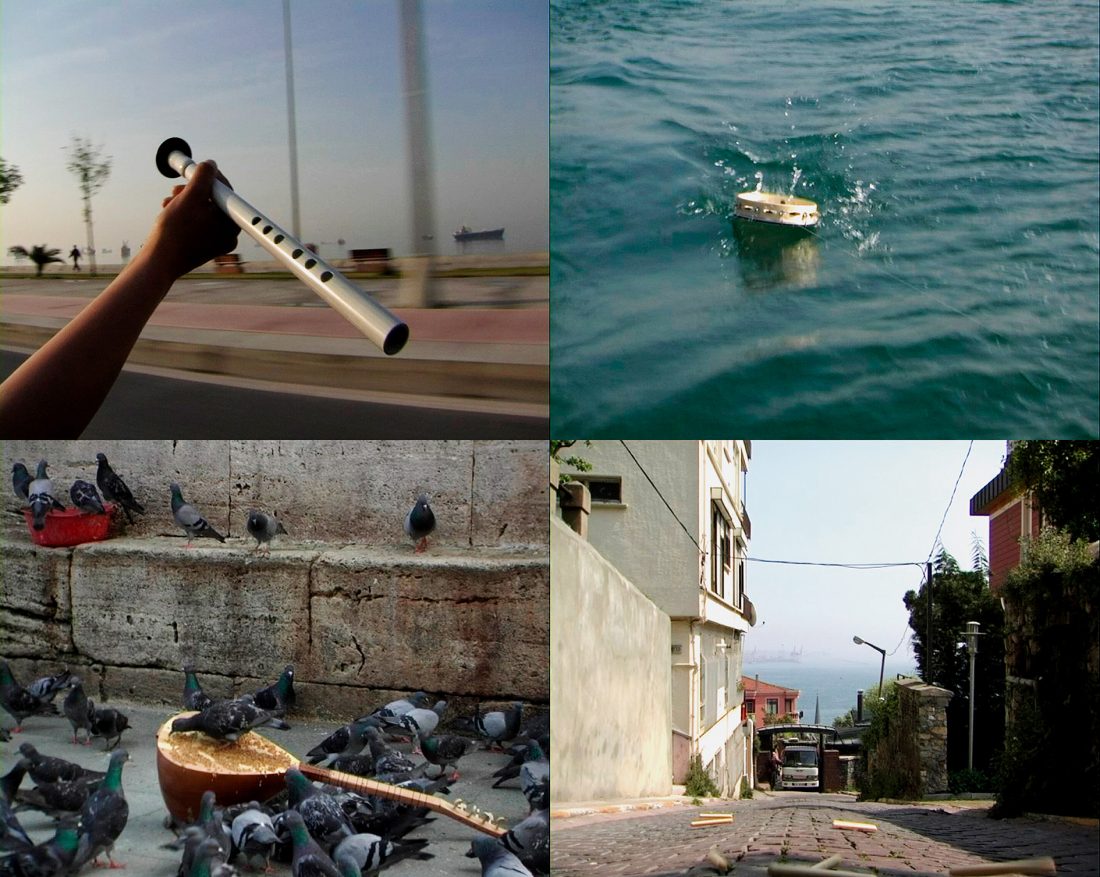

City Language I
Splitscreen projection, video, 4:45 min
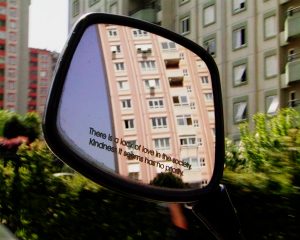
City Language II, There ́s a lack of love in the society. Kindness it seems has no priority.
Video still, installation with eight monitors, videos from 2 to 4 min each
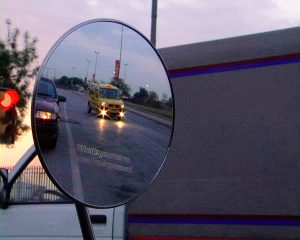
City Language II, What ́s your name cause I ́m impressed.
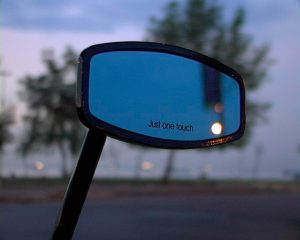
City Language II, Just one touch
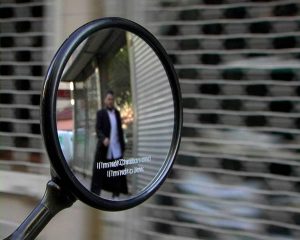
City Language II, I’m not Christian and I’m not a Jew.
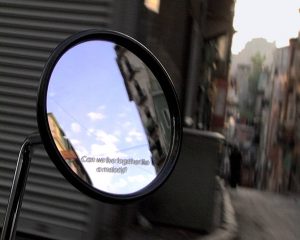
City Language II, Can we live together like a melody?
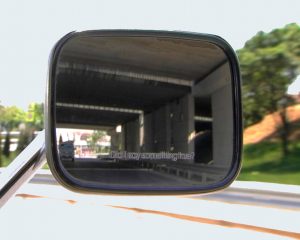
City Language II, Did I say something true?
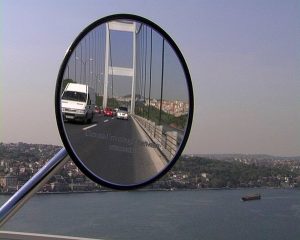
City Language II, Cause I ́m caught between yes and no.
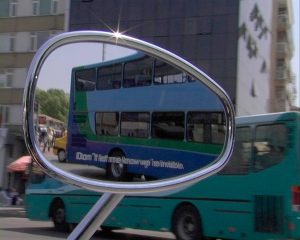
City Language II, Don ́t let me know that we ́re invisible.
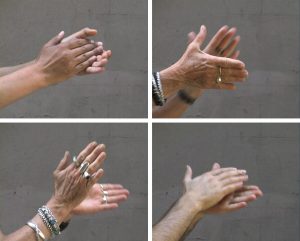
City Language III
Video still, video loop, 0:42 min
Installation, “What Keeps Mankind Alive?”, 11th Istanbul Biennial, 2009
City Language I is a single-channel projection showing four segments of equal size. First we see an arm holding a flute out of a moving car. The airstream animates the instrument in the true sense of the word; not human breath but the movement of the object itself through space breathes life into it. The image focuses on the instrument and a blurred landscape in the background appears to be painted by the sound of the instrument. In the adjacent part of the image, waves of water play a tambourine. The human individual as a player moves outside the picture and only a thin chord leads us back to our own vantage point which, as in the car journey, is in motion: a boat seems to be pulling the tambourine through the waves. In the third segment, the camera is static, pointed at a Turkish stringed instrument: the bağlama lies on the ground in a public space and once again the musician is replaced, this time by a flock of pigeons. Strewn with grain, the instrument is now played by pecking birds. In the final segment, the instrument emancipates itself completely to become a being in its own right: claves make their way through the city as if of their own accord, rolling loudly down the steps of an alley, seeming to have detached themselves entirely from their actual modus operandi, i.e. being played or used. All four instruments ring out in familiar but strange ways. Step by step, Aladağ replaces the musician, until in the last segment the instruments no longer need anyone — they seem to be walking through the city on their own.
In the video City Language II, the city speaks to us again, this time filmed via the rearview mirror of a motorcycle. In this work, Aladağ portrays a simultaneity of future, present, and past: the now is manifested in the object of the mirror, which in the English-speaking world is often engraved with the words “objects in mirror are closer than they appear”, replaced here with passages from contemporary pop songs. The road that lies ahead remains a blur due to the speed of the vehicle. Only with the spatial and temporal retrospection in the mirrors, by (literally) looking back into the past, does the world become focused and legible.
City Language III is the third part of a video trilogy conceived as an experimental sound portrait of Istanbul. In this part, the hands of many different people clapping are edited together to create a single, unified rhythm.
(excerpt from the text by Nico Anklam)








